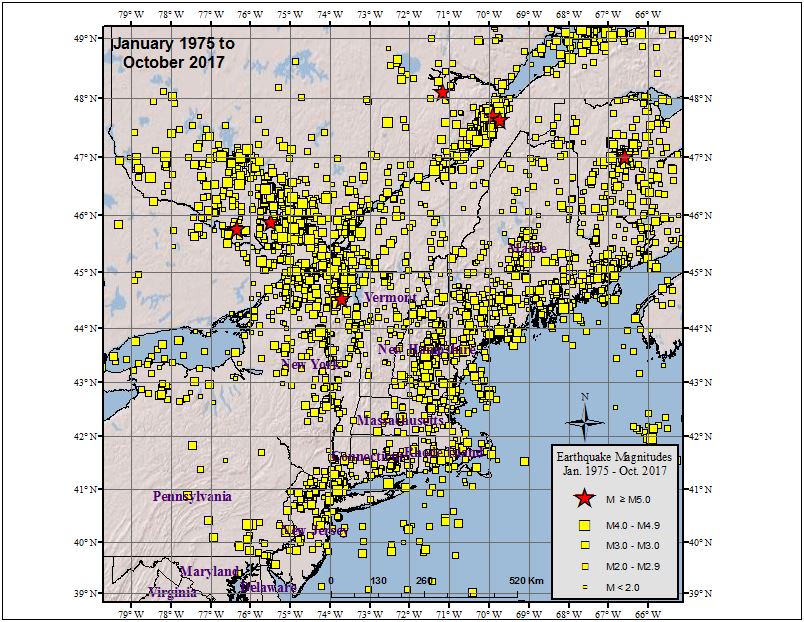The following are quick hits of editorial analysis from The Foggiest Idea on the local and regional developmental issues that matter. For more, be sure to LIKE TFI on Facebook.
SUFFOLK HOUSING PRICES SHOW 6.8% GROWTH, NASSAU BUMPS 2.9%
As reported by Newsday‘s Maura McDermott, home prices are still rising and the market remains tight.
While Nassau County offers easier access to New York City, the economic halo of the boroughs seems to be dimming as buyers flock to the relatively more affordable Suffolk County. Pricing trends are likely to continue as inventory levels further east remain depressed.
Remember – pricing is one piece of a complex puzzle. As Jonathan Miller recently told TFI, sales levels, not pricing, reflect a broader economic picture. “A lower sales level means that there is a disconnect between sellers and buyers,” he explained. “Often, sales trends tend to lead price direction by roughly six months or so, and prices reflect what happened after the dust settles. But there are lots of other variables.”
U.S. CITIES RECONSIDER SINGLE-FAMILY ZONING
As reported by The New York Times, townhomes, duplexes and apartments are effectively banned in many neighborhoods. Now some communities regret it.
While the ill-effects of suburbia are well-documented, policymakers in municipalities across the U.S., including Long Island, should take pause before pursuing the wholesale overhaul of local land use restrictions.
Homogeneous zoning, and the sprawl it creates, should be rectified. Most suburbs need a diversity in housing options, in both type and price. But without careful consideration, an unintended side-effect of loosening density rules is the creation of higher-density sprawl, which mixes all of the ills of suburbia with those typically found within cities – the worst of both worlds.
It is here where balance is key – as policymakers rightly pursue denser multifamily growth around key transportation and employment centers, concurrent preservation of open space and the enhancement of local infrastructure should be accomplished nearby. While there are no easy answers to correcting some of the planning mistakes of yesteryear, simply retooling zoning codes won’t go very far without other key substantive policy actions – all of which that must be carefully and cohesively planned.
#FACTOFTHEDAY: New York State has had about 551 recorded earthquakes between 1737 and 2016, according to the Northeast States Emergency Consortium.
Most of the earthquakes in New York have taken place in the greater New York City area, in the Adirondack Mountains region, and in the western part of the state.
According to the NESEC, the New York region has experienced two damaging local earthquakes. The first, an estimated 5.2, shook the city in December 1737, and damaged some chimneys in the city. Another occurred in August 1884, and caused scattered incidents of cracked chimneys and plaster, broken windows, and objects thrown from shelves throughout the Tristate area.
The most powerful quake to hit New York was in September 1944, when a 5.9 magnitude earthquake near the state’s border with Canada did major damage in the towns of Massena, NY and Cornwall, Ontario.
For more information about New York’s seismic past, check out NESEC’s site here.











